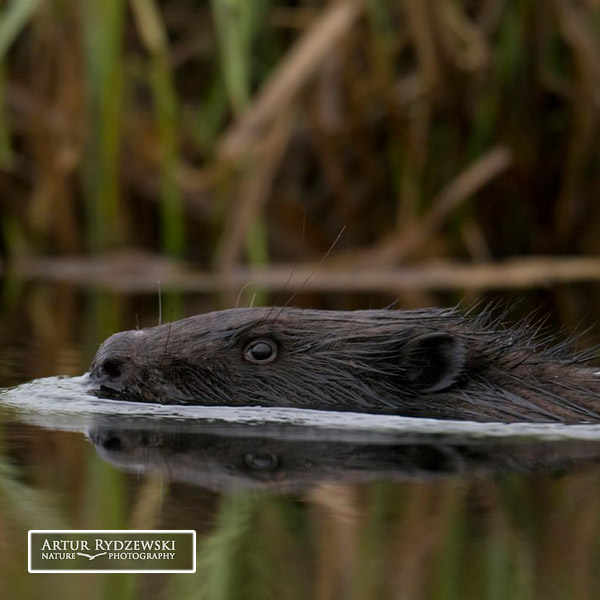Beaver to become a European Protected Species in England
The beaver, specifically the Eurasian beaver Castor fiber, is a native species in Britain. However, beavers were sadly hunted to extinction in Britain in the 16th Century. In recent times, beavers have slowly made a comeback in the UK with various documented reintroductions (and escapees!) in the 2000s the first documented wild population was discovered along the River Tay in Scotland in 2001.
On 1st May 2019, beavers became a European Protected Species in Scotland. There is further important ecology news in that, on 1st October 2022, beavers will also be European Protected Species in England. This protects beavers under the Conservation of Habitats and Species Regulations 2017, which is the highest level of legal protection in the UK the same as for species such as bats, dolphins, hazel dormouse, great crested newt and otter.
Beavers are large rodents, second only in size to the capybara, and are herbivorous. Beavers are architects, engineers and master builders in one, using trees and branches to construct complex dams and lodges along water courses. The dams hold water to protect beavers from predators and lodges are their homes to raise their young, which are accessed via underwater entrances.
Beavers are a ‘keystone species’ and play a vital role in maintaining the structure of an ecological community and can create landscapes that are more resilient to climate change. Beaver dams and the resultant pond can reduce the risk of flooding by reducing water flow and can be utilised in periods of drought. The dam also acts as a filter, which improves water quality downstream, and locks in carbon by holding back silt. Beavers can increase biodiversity by thinning trees and promoting new growth and the dams, woody debris and ponds provide a range of opportunities for other species including invertebrates, amphibians, foraging bats, birds and fish.
There are, however, potential issues where flooding and damage are in locations where it is not wanted. There are some proactive lawful mitigation and management actions that do not need a European Protected Species licence. However, such a licence is required for works requiring significant impacts on beavers to be carried out lawfully. This applies to actions such as modifying or removing a burrow or lodge; modifying or removing a dam associated with a burrow or lodge; and transporting and releasing a beaver. This is of importance to potential development projects where beaver may be a consideration.
ACD Environmental Ltd have a team of ecologists, a number of which have attended training courses in beaver ecology and conservation and one of our ecologists previously worked on the Cornwall Beaver Project. The team will be keeping pace with developments in this area and would be happy to advise on any projects where beaver may be a consideration.

